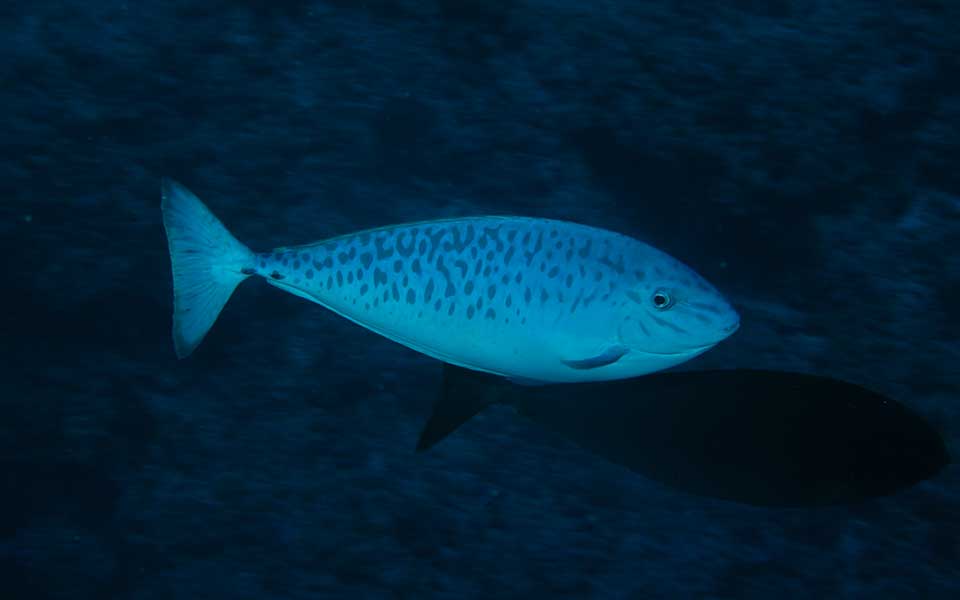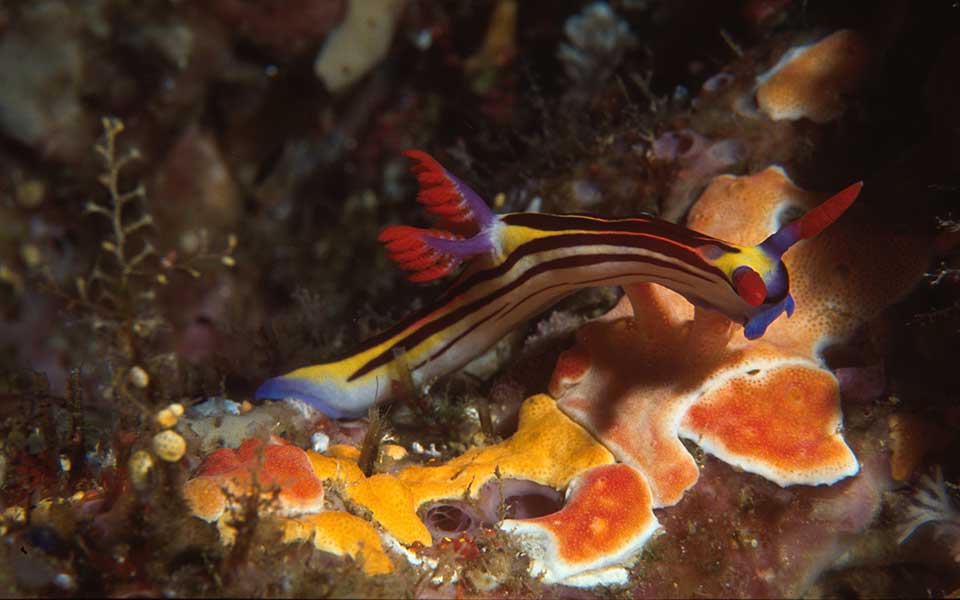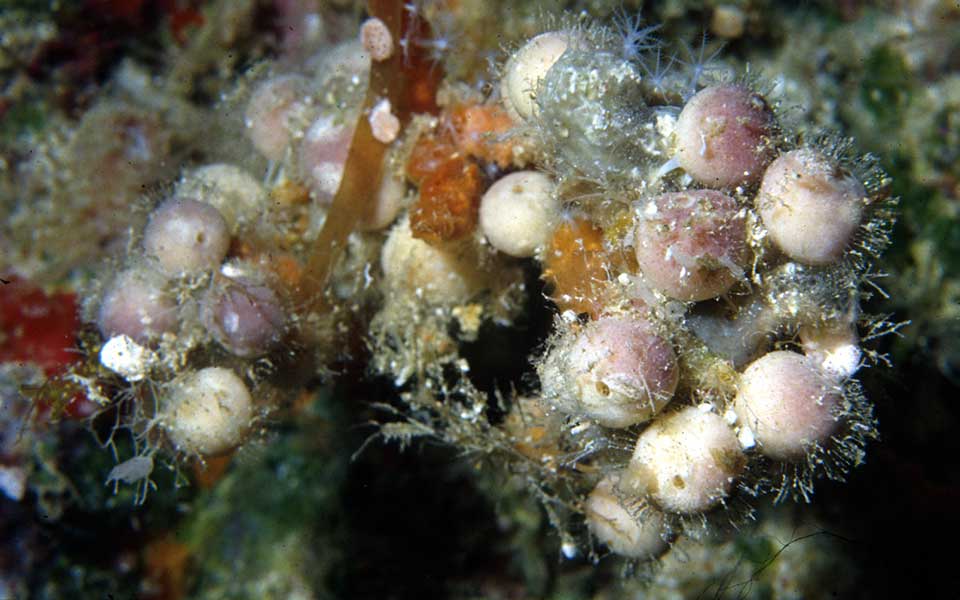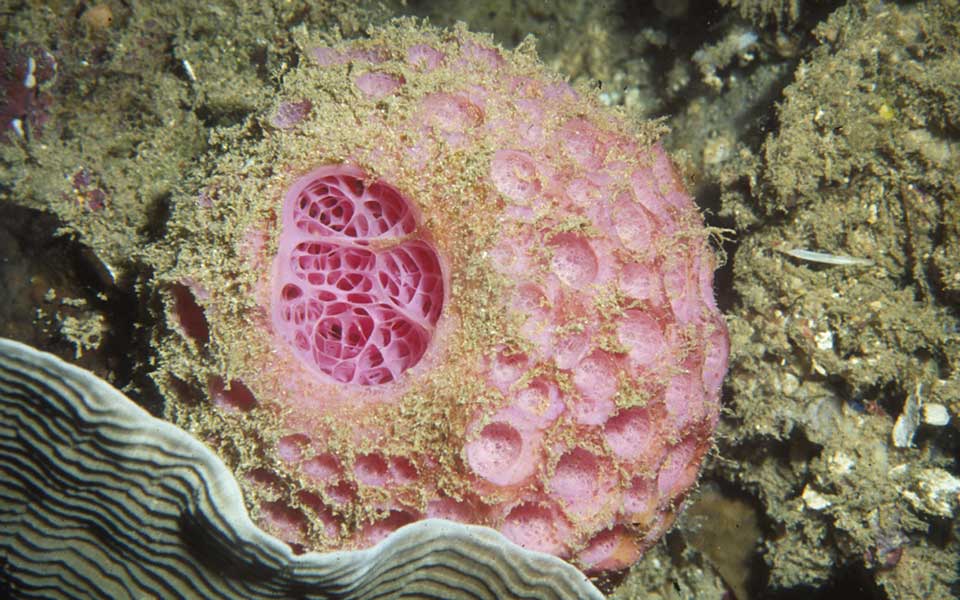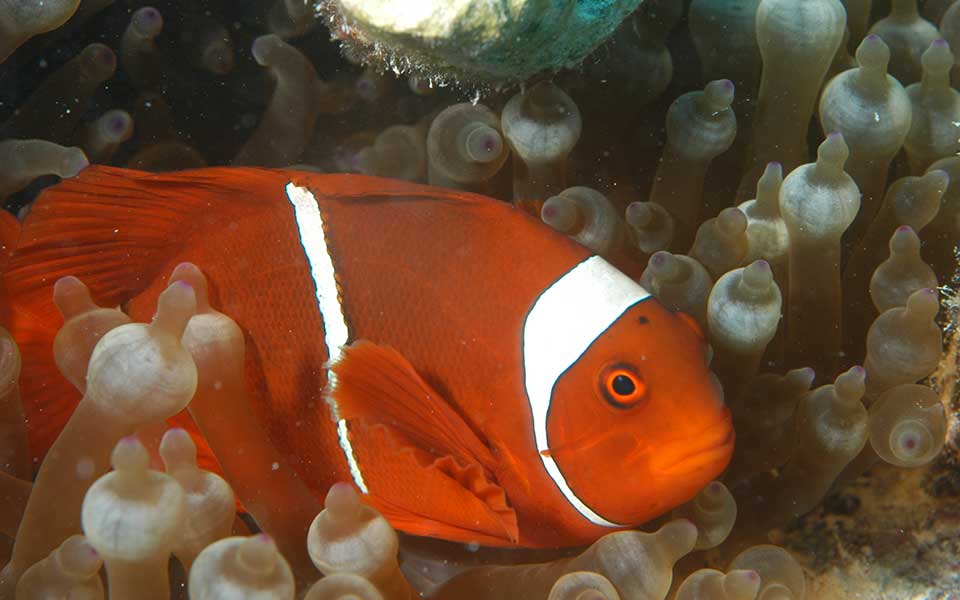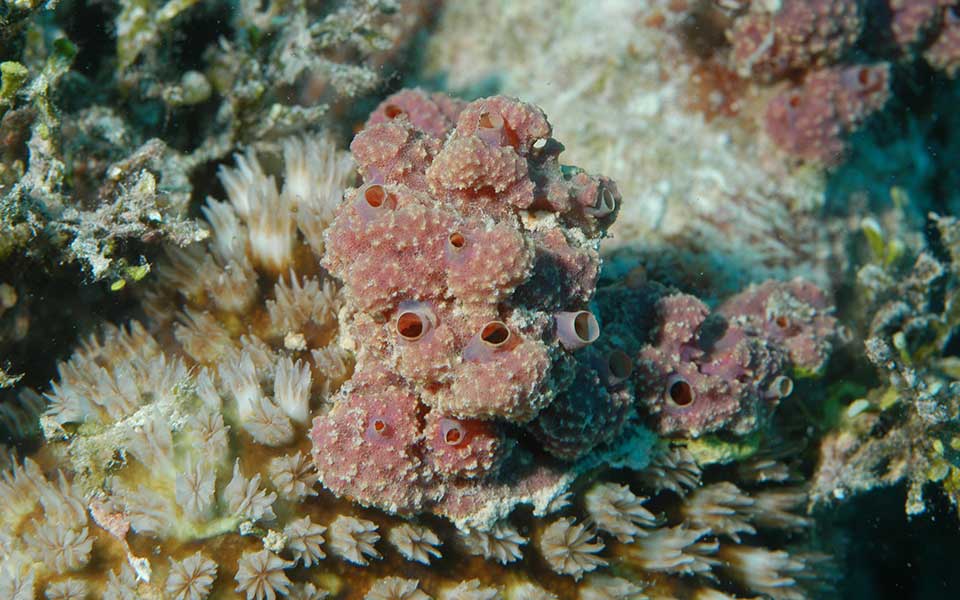But it may also be so different that a new genus must be created. Often the genus or species name refers to some morphological features, a color pattern or a geographic area. A good example is the stony coral genus Palauastrea, which was described in 1941 by Yabe and Sugiyama from Nikko Bay (the type locality) in Palau. The genus only has a single species, Palauastrea ramosa, what we would call “monotypic” or one type, but has a wide geographic distribution, instead of being endemic only to Palau (despite having been named for Palau).
A new species can be named in honor of a person, known as a “patronym”. The person for whom a new species is named may be a scientist who assisted with knowledge of the group, or someone who collected the species being named, or someone who provided support for the research work. It is a way of recognizing a significant contribution of some kind. CRRF named a seastar, Astrosarkus idipii, in honor of David Idip Sr., the former Director of the Bureau of Marine Resources. The genus was also new, and described at the same time the species, by Dr. Chris Mah in 2003.
Nearly all species descriptions have a single individual designated as the holotype, with additional specimens of the same organism and used in the original description as paratypes. The holotype and paratypes are usually actual preserved specimens, typically held in a museum collection somewhere in the world, and the name given is tied to the holotype in perpetuity. If a holotype is destroyed (say the museum where it was deposited was destroyed in a war and all collections lost), a new primary type can be designated.
Subspecies can also exist. These are organisms that don’t quite meet all the criteria to be considered full species with their own binomial name, but have some differences and are distinct in some way. All subspecies within a given species use the same binomial, but a third subspecific name is added. For example, the golden jellyfish of Palau is found in the lagoon area, but has also migrated into five separate marine lakes. Each of the five lake forms of the jellyfish were derived from the lagoon species, Mastigias papua (Lesson, 1830). In 2005 Dr. Michael Dawson named each of the five lake forms as separate subspecies for the five elected Presidents of Palau. Hence, the golden jellyfish found in Jellyfish Lake open to tourists is named Mastigias papua etpisoni, named after Palau’s 3rd president, Ngiratkel Etpison.



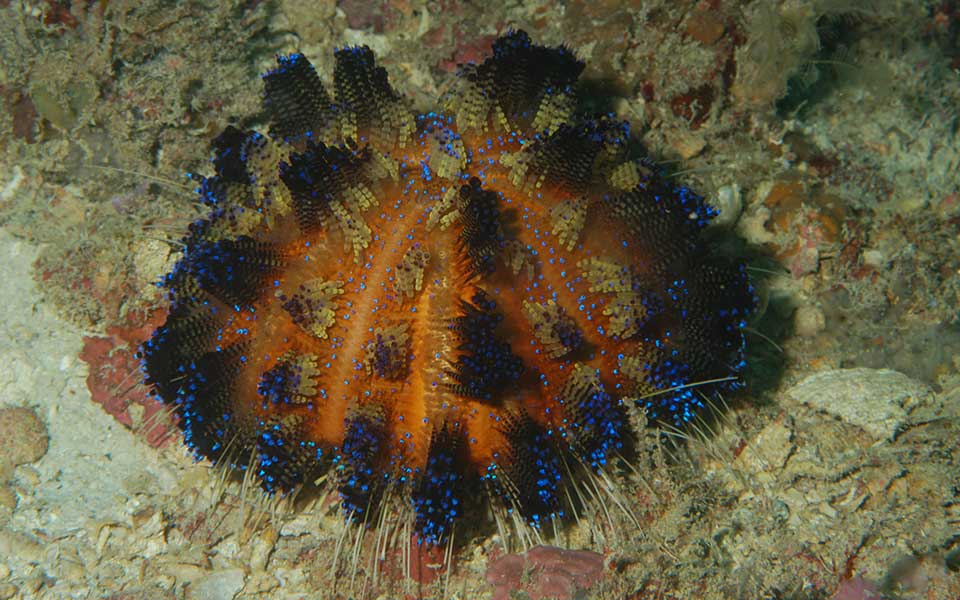

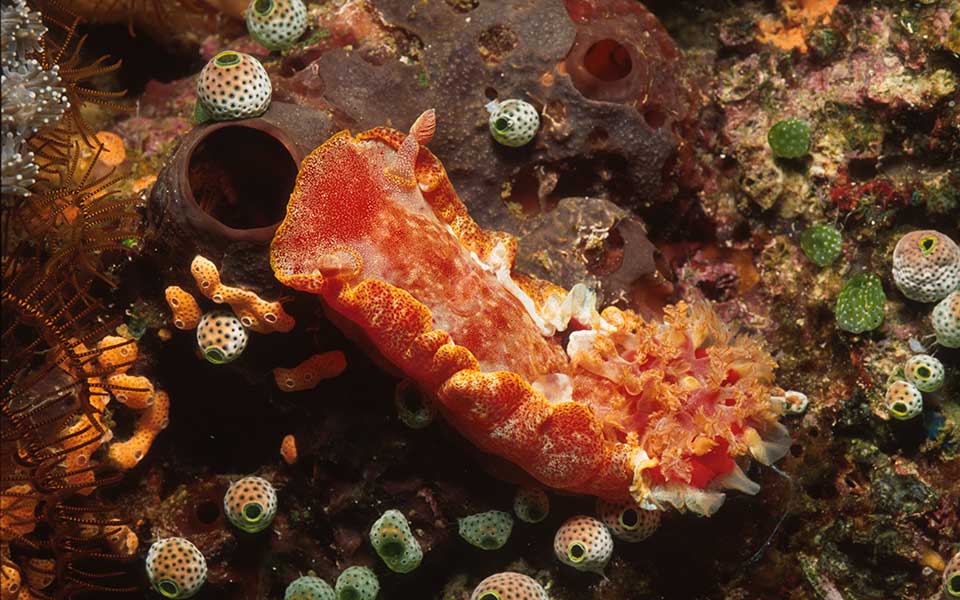
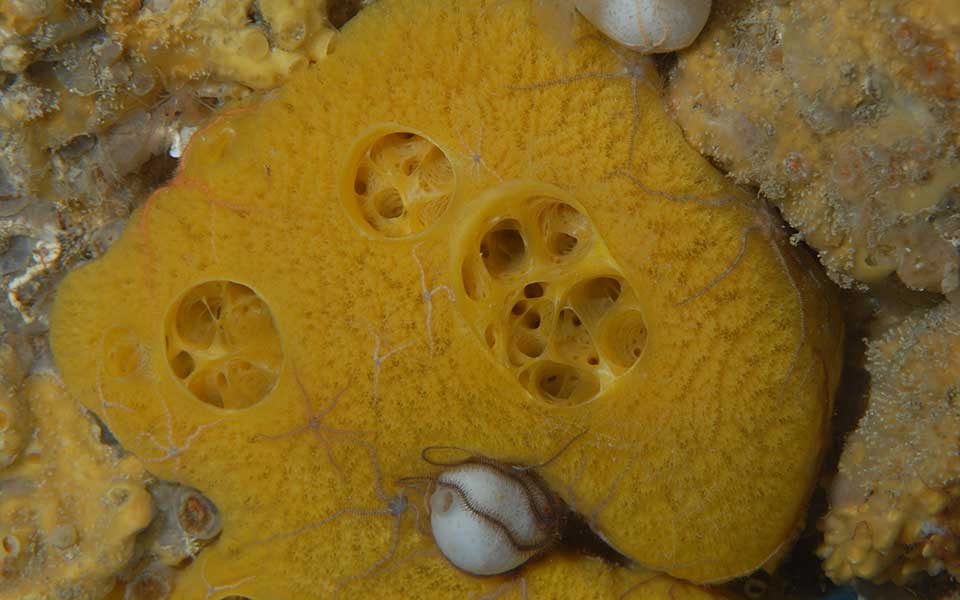
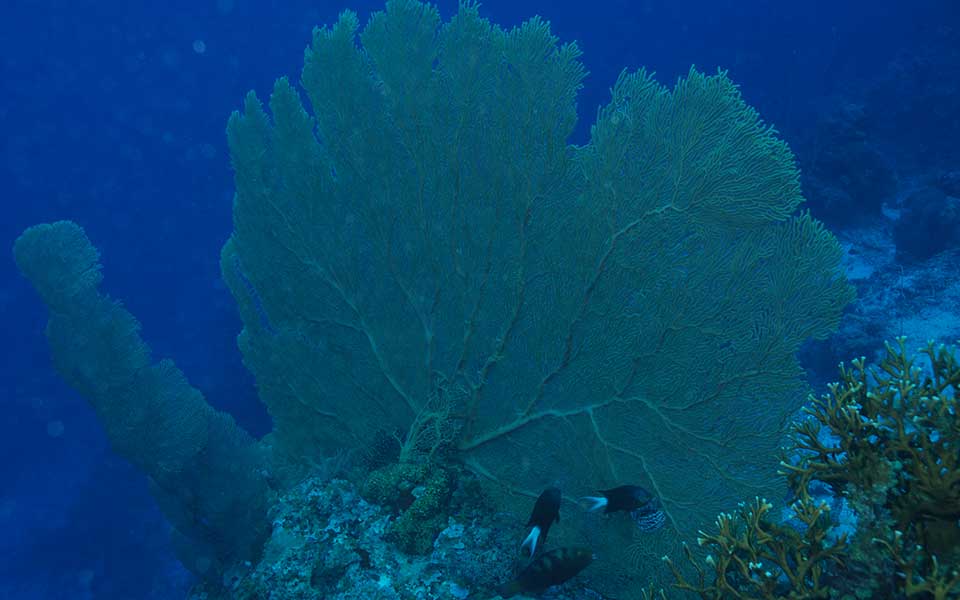

 Before species diversity can be assessed, we must be able to distinguish and identify individual species. Giving each entity (animal, plant, microbe etc.) a species name allows comparisons more broadly. Species are named through an organized process where the organism is described in a published document, the author recognizing that a given organism has not already been given a scientific name. The species description is usually published by a taxonomist in a technical journal or book and a ‘bionomial’ name (genus and species) is included in that written description. Once published, the author(s) name and date of publication is attached to the scientific name. For example, the humphead wrasse, Cheilinus undulatus Rüppell 1835, was described by Eduard Rüppell, a German naturalist, in 1835. The author’s name and date of publication allows a scientist to more easily track down where and when the original description was published.
Before species diversity can be assessed, we must be able to distinguish and identify individual species. Giving each entity (animal, plant, microbe etc.) a species name allows comparisons more broadly. Species are named through an organized process where the organism is described in a published document, the author recognizing that a given organism has not already been given a scientific name. The species description is usually published by a taxonomist in a technical journal or book and a ‘bionomial’ name (genus and species) is included in that written description. Once published, the author(s) name and date of publication is attached to the scientific name. For example, the humphead wrasse, Cheilinus undulatus Rüppell 1835, was described by Eduard Rüppell, a German naturalist, in 1835. The author’s name and date of publication allows a scientist to more easily track down where and when the original description was published.

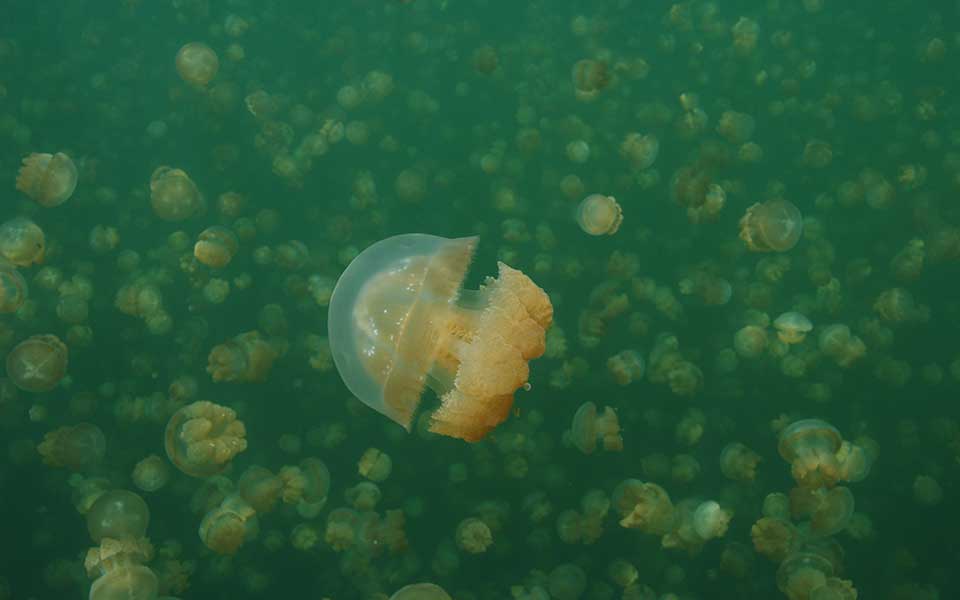
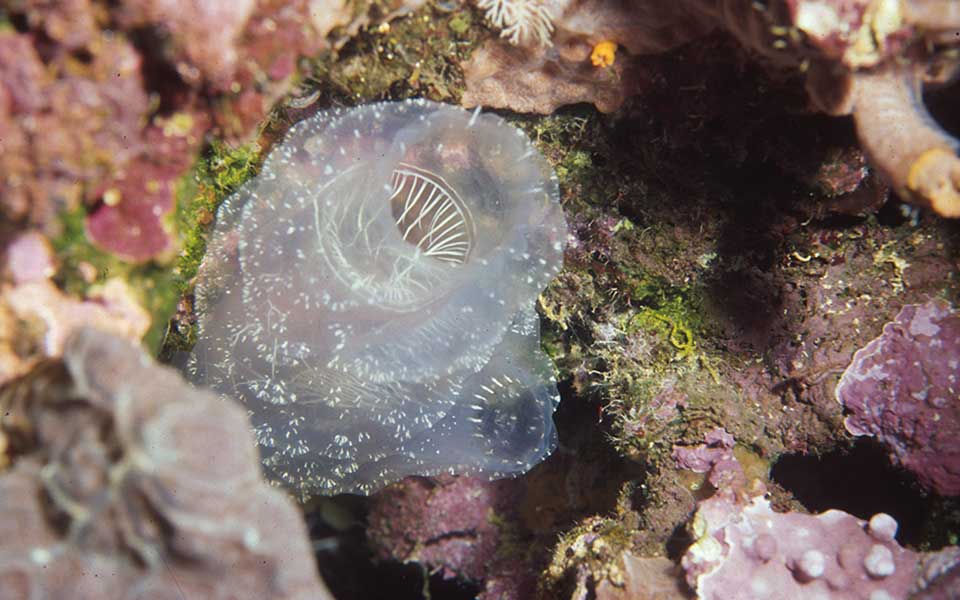
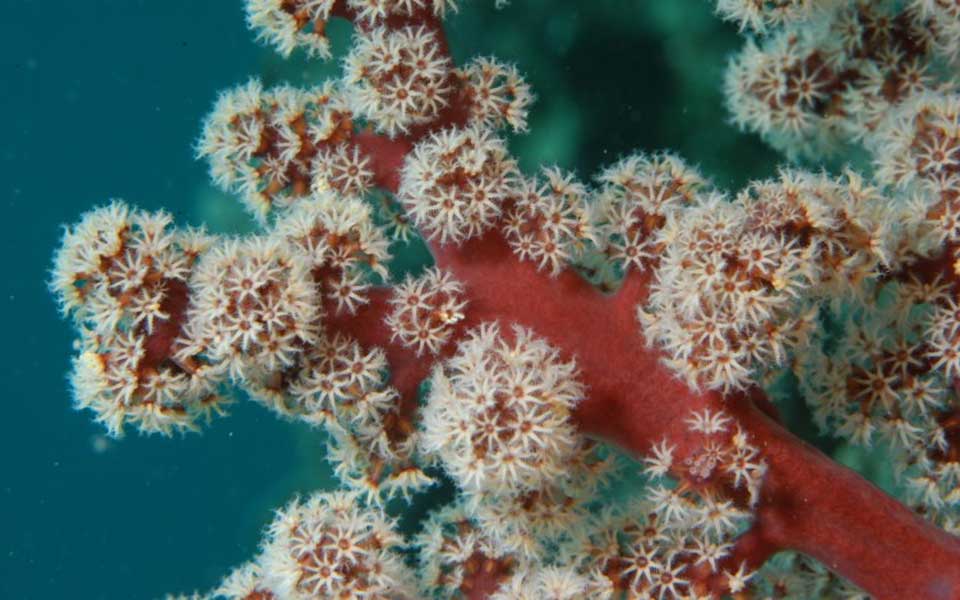
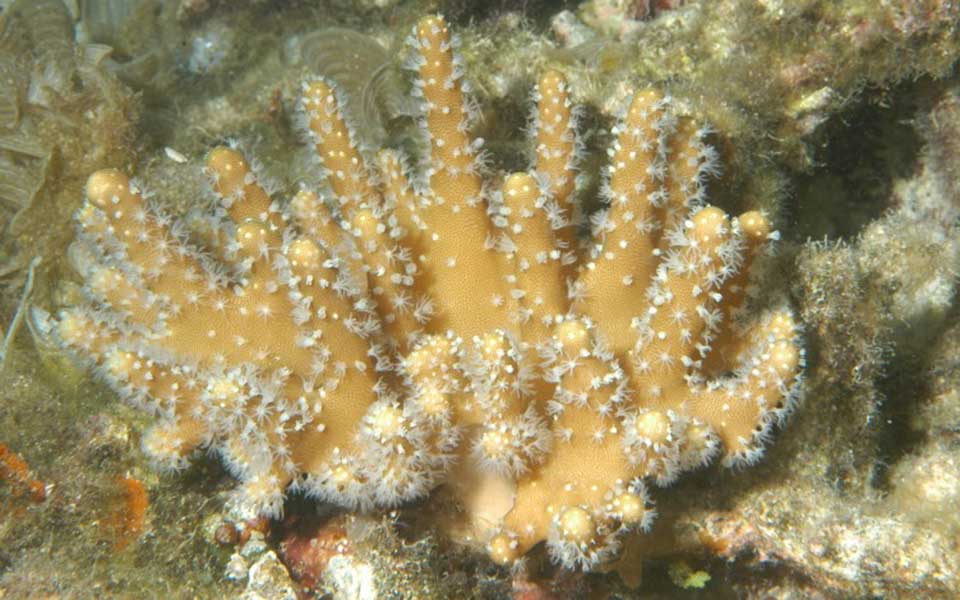
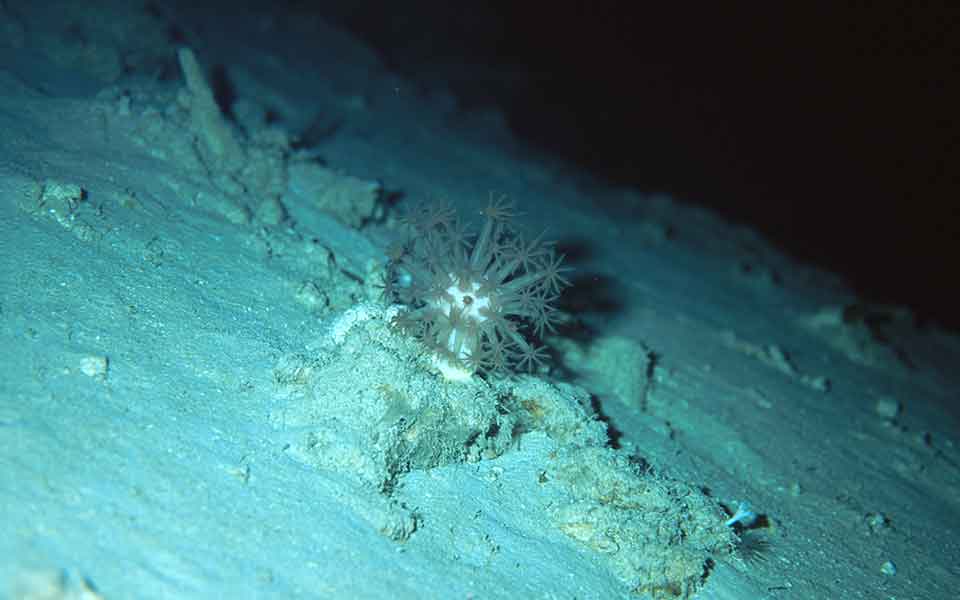

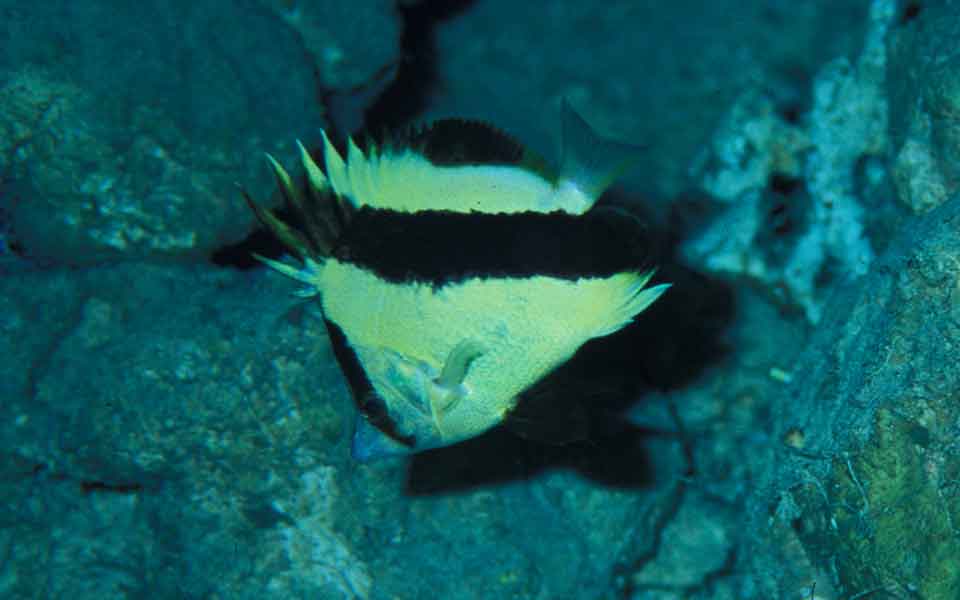
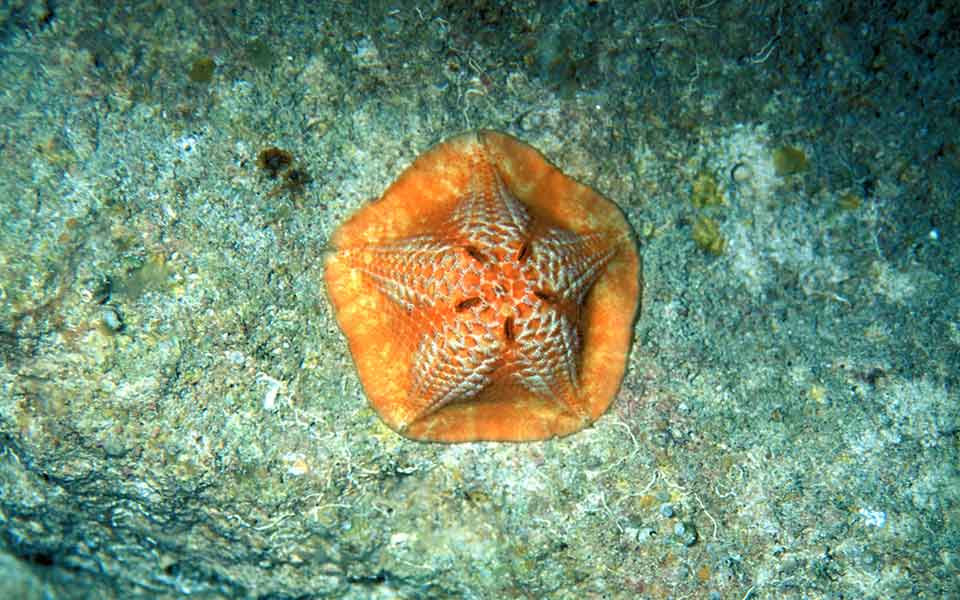

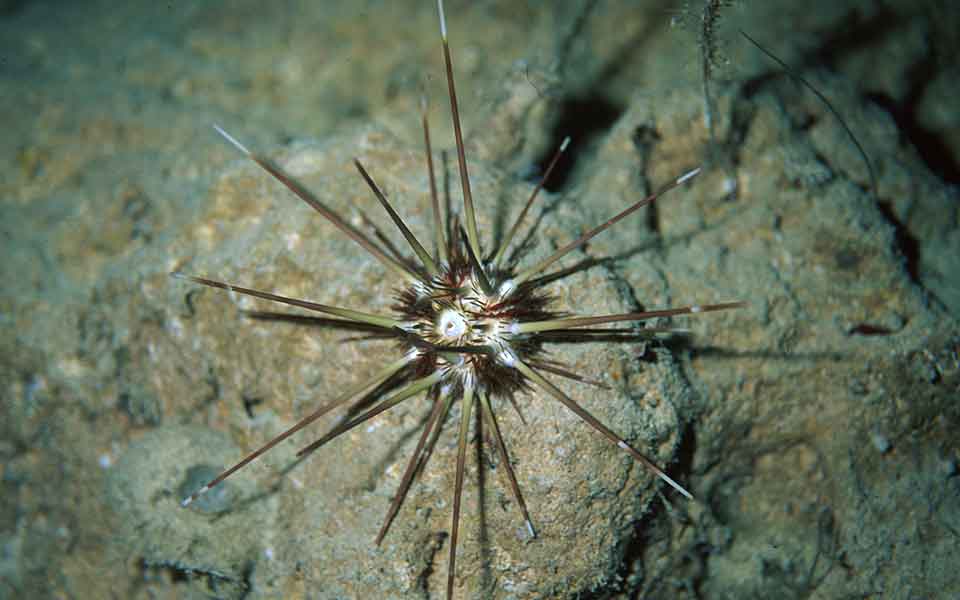

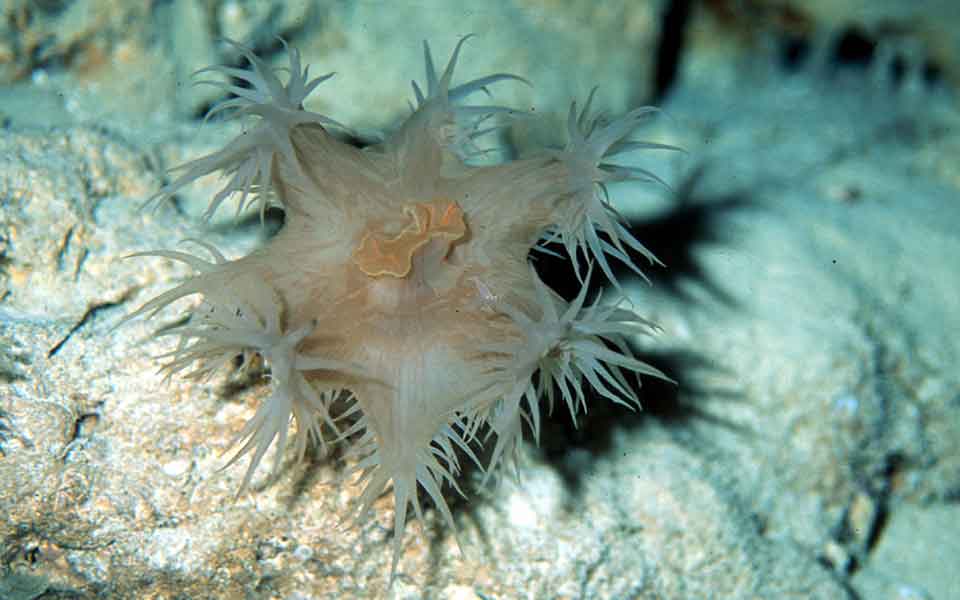

 A good example of this is, again, the Idip seastar, Astrosarkus idipi Mah 2003 from Palau. The first specimen of this large and colorful seastar was collected in Palau in 1997 and was immediately recognized as an unknown and unnamed species. A few more were collected later in Palau by CRRF using the Deepworker submersible, and it was thought it might be a Palauan endemic. In order to prepare the scientific description, the taxonomist studying the new species (Dr. Christopher Mah) needed to look for additional specimens in museum collections from elsewhere. In the Bishop Museum in Honolulu he found a specimen of the same species (which had not yet been identified) from the Marshall Islands, and later, at the Natural History Museum in Paris, found another one from Reunion Island in the western Indian Ocean. So with a little scientific detective work, A. idipi went from being a possible Palauan endemic to a species that is obviously widespread throughout the deep waters of the tropical Indo-west Pacific. This does not diminish the value of describing this new species, but points out how little we really know about marine life and its distribution in the tropical Pacific.
A good example of this is, again, the Idip seastar, Astrosarkus idipi Mah 2003 from Palau. The first specimen of this large and colorful seastar was collected in Palau in 1997 and was immediately recognized as an unknown and unnamed species. A few more were collected later in Palau by CRRF using the Deepworker submersible, and it was thought it might be a Palauan endemic. In order to prepare the scientific description, the taxonomist studying the new species (Dr. Christopher Mah) needed to look for additional specimens in museum collections from elsewhere. In the Bishop Museum in Honolulu he found a specimen of the same species (which had not yet been identified) from the Marshall Islands, and later, at the Natural History Museum in Paris, found another one from Reunion Island in the western Indian Ocean. So with a little scientific detective work, A. idipi went from being a possible Palauan endemic to a species that is obviously widespread throughout the deep waters of the tropical Indo-west Pacific. This does not diminish the value of describing this new species, but points out how little we really know about marine life and its distribution in the tropical Pacific.